Shape and Space
3D Shapes - Terminology
A 3D shape is a geometric figure that has three dimensions, width, depth and height. 3D shapes differ from 2D shapes because they have thickness.
They are often thought of a solids, but can also be hollow, like an empty box.
We classify 3D shapes by the number and size of their faces, the number of their vertices, and by the number and size of their edges.
Faces - these are the flat parts of the 3D shape.
Edges - these are the sides of the faces, where two faces meet.
Vertices - These are the corners or points of the shape.
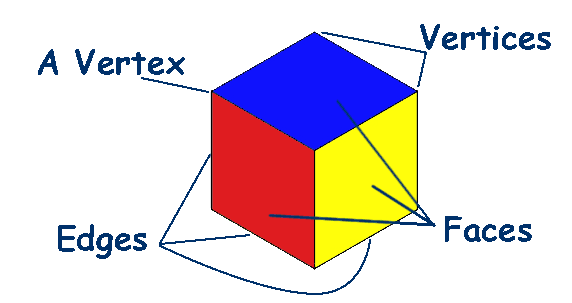
3D shapes can be divided into two main types:
Polyhedra - are shapes that have flat faces. Cuboids, Prisms and Pyramids.
Non-Polyhedra - If any of the faces are not flat. Spheres, Cylinders and Cones.
The word 'Polyhedron' comes from the Greek - 'poly' meaning 'many' and 'hedra' meaning 'faces' - many faces. (Polyhedra is the plural of Polyhedron) |
Cube
6 Faces - all squares
12 Edges
8 Vertices |
 |
Cuboid
6 Faces - all angles are 90° and rectangles
12 Edges
8 Vertices |
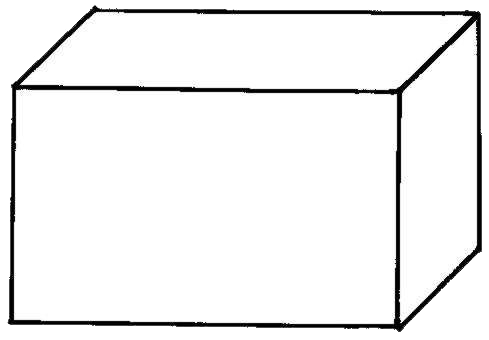 |
Cone
1 flat Face (the base) which is a circle.
1 curved Face.
1 Vertex (often called the apex)
1 Edge |
 |
Cylinder
2 flat Faces (top and bottom) both are circles
1 curved Face
2 Edges
No Vertices
|
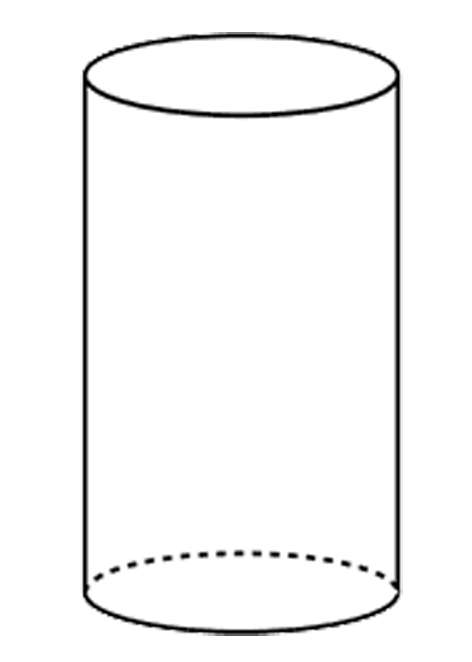 |
Sphere
1 curved Face
no Vertices
no Edges |
 |
Triangular Prism
6 Vertices
5 Faces - 2 triangles and 3 rectangles
9 Edges
|
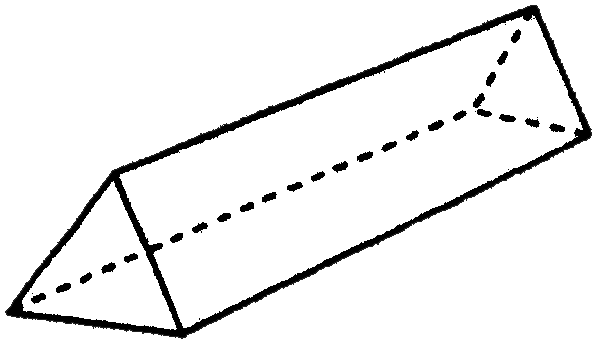 |
Regular Tetrahedron
4 Faces - all are triangles
4 Vertices
6 Edges
(also known as a Triangle-Based Pyramid) |
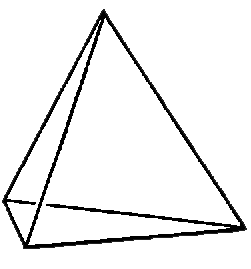 |
Square-Based Pyramid
5 Faces - the base is a square, the sides are triangles
5 Vertices
8 Edges |
 |
|
|
|
